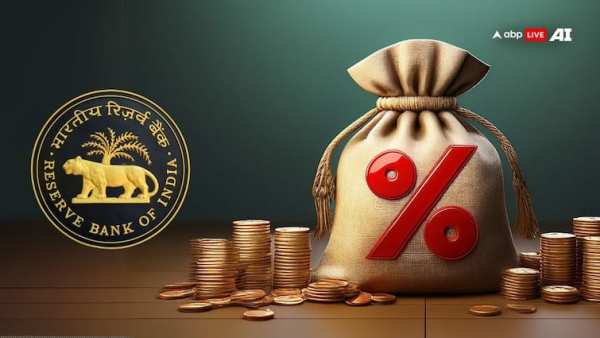
A RBI report has suggested that all banks should bring down their lending rates for speedy transmission of the policy rate, which was lowered by 50 basis points earlier this month.
An article published in the Reserve Bank's June Bulletin stressed that the financial conditions remained conducive to facilitating an efficient transmission of rate cuts.
Most of the banks have already passed on the rate cuts announced in February and April to their customers.
It may be mentioned here that several large banks, including SBI, Bank of Baroda, and HDFC Bank, have already passed on the benchmark lending rate-linked interest rate to borrowers by the same margin within days of the RBI cutting repo rate by a jumbo 50 bps on June 6.
Besides reducing the repo rate by 50 bps earlier this month, the RBI had announced a reduction in the cash reserve ratio (CRR) by 100 bps to 3 per cent of net demand and time liabilities (NDTL) in a staggered manner during the latter half of the year.
"Financial conditions remained conducive to facilitate an efficient transmission of rate cuts to the credit market," said an article on 'State of the Economy' in the Reserve Bank's June 2025 Bulletin.
The reduction in CRR would release primary liquidity of about Rs 2.5 lakh crore into the banking system by December 2025.
"Besides providing durable liquidity, it will reduce the cost of funds for banks, thereby facilitating monetary policy transmission to the credit market," the article added.
The central bank, however, said that the views expressed in the Bulletin article are those of the authors and do not represent the views of the Reserve Bank of India.
The article noted that the 50-bps cut in the policy repo rate during February-April 2025 reflected in banks' repo-linked external benchmark-based lending rates (EBLRs) and marginal cost of funds-based lending rate (MCLR).
Consequently, the weighted average lending rate (WALR) on fresh and outstanding rupee loans of banks declined by 6 bps and 17 bps, respectively, during the period February-April 2025.
On the deposit side, the weighted average domestic term deposit rates (WADTDRs) on fresh and outstanding deposits moderated by 27 bps and 1 bp, respectively, during the same period.
According to the article, during the current easing cycle (February-April 2025), the decline in the WALR on fresh rupee loans was marginally higher for public sector banks (PSBs) as compared to private sector banks (PVBs).
For outstanding loans, the transmission was higher for PVBs.
In case of deposits, PSBs reduced their fresh term deposit rates by a higher magnitude as compared to PVBs.
(This report has been published as part of the auto-generated syndicate wire feed. Apart from the headline, no editing has been done in the copy by ABP Live.)
-
How to submit your Arji to Khatu Shyam Ji without visiting the temple

-
From glowing skin to weight loss, juice of this thing with carrots is no less than a miracle

-
Consuming these 6 fruits will eliminate stains, will improve the skin

-
Group Captain Shubhanshu Shukla created history, the first Indian to reach ISS

-
Vivo X200 Fe Launching Official Confirm in India; Microsite is also live
